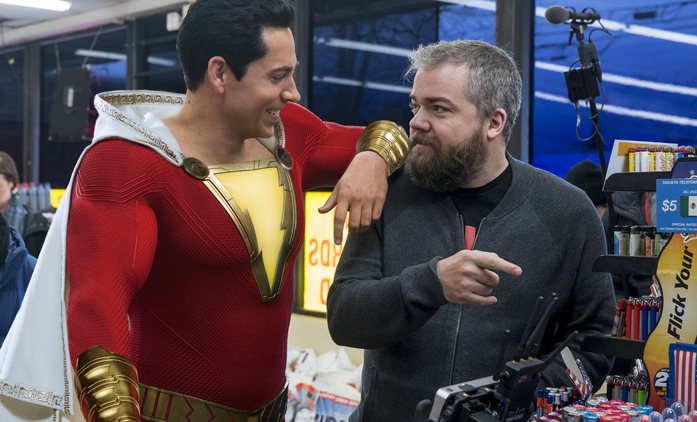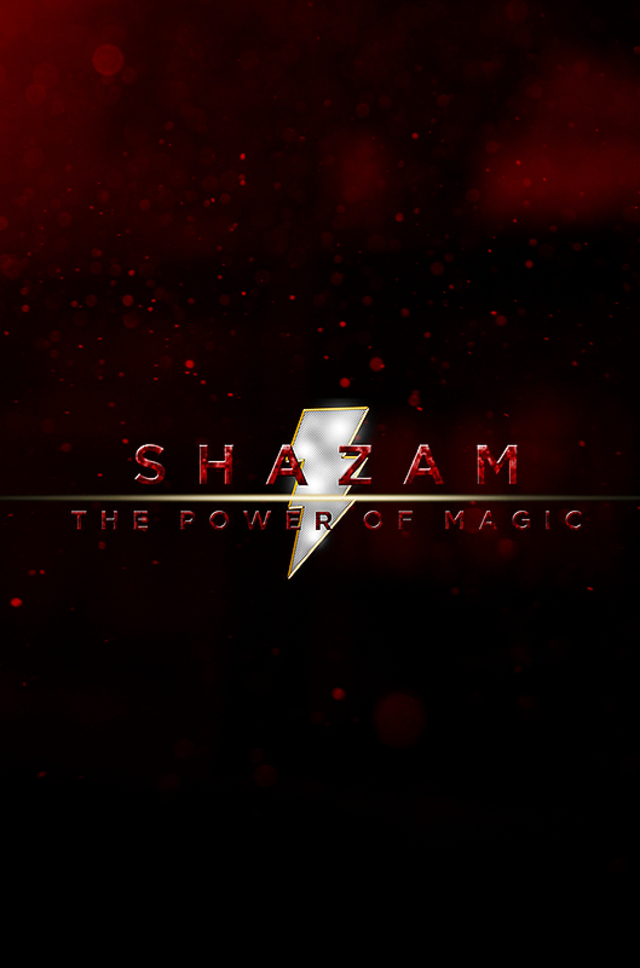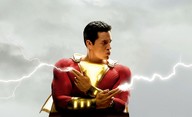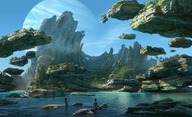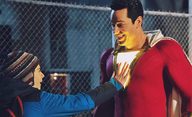Using the left-center-right works as you'd expect in simpler shots though. pic.twitter.com/bSw7Ss6FfV
— David F. Sandberg (@ponysmasher) February 25, 2020
Sometimes you get a background object covered up in one eye but visible in the other eye which gets uncomfortable. That was the case with the fire behind Sivana in this shot, so for 3D that fire was painted out to spare you the headache. pic.twitter.com/J2gz0eyYyT
— David F. Sandberg (@ponysmasher) February 25, 2020
To get depth from things like falling snow it's easier to just paint out the snow and replace with CG snow (or just leave it out). Here's flipping between original 2D and one of the 3D eyes. You can see some of the snow disappearing. pic.twitter.com/H5jWkYUFRp
— David F. Sandberg (@ponysmasher) February 25, 2020
Normally I prefer my 3D to go deep into the screen rather than pop out. But a problem with 3D is "ghosting". When you have a bright object against a dark background, the two angles of the bright object can end up visible in both eyes.
— David F. Sandberg (@ponysmasher) February 25, 2020
Having a movie set at a Christmas carnival at night will present a lot of ghosting challenges from all the lights. One way to fix this is to make sure that the two images converge where the lights are.
— David F. Sandberg (@ponysmasher) February 25, 2020
This is what it WOULD look like if the convergence was at the girl in the foreground. In a theater this would look like the screen is a window and everything is behind it. pic.twitter.com/DLLJEaw72f
— David F. Sandberg (@ponysmasher) February 25, 2020

